If you’re providing perks to your employees beyond their usual salary—like company cars, gym memberships, or subsidised meals—you might need to pay Fringe Benefit Tax (FBT). In New Zealand, these non-cash benefits are considered part of an employee’s overall remuneration, and the IRD wants its fair share.
So let’s break down what FBT is, what’s taxed, how it works, and how to stay on top of your obligations.
What is Fringe Benefit Tax (FBT)?
FBT is a tax that employers pay on certain benefits they provide to employees (including shareholder-employees) in addition to their salary or wages. It’s designed to tax the value of non-cash perks, since they’re seen as a form of employee compensation.
You, as the employer, are responsible for paying FBT—not the employee.
What Counts as a Fringe Benefit?
The most common types of fringe benefits include:
🚗 Company vehicles available for private use
🎁 Gifts and vouchers
🏋️ Gym memberships and wellness perks
📱 Subsidised phones or other goods/services
🍔 Free or subsidised meals
💰 Low-interest loans (below IRD’s prescribed rate)
🛍️ Discounted goods and services not offered to the public
Note: Cash benefits (like bonuses or allowances) are taxed as regular income, not FBT.
When Do You Need to Pay FBT?
You must pay FBT if you provide any fringe benefits to employees, and you’re:
A company, trust, partnership, or sole trader, and
The benefit is provided as part of their employment.
Even shareholder-employees in small businesses can trigger FBT if they’re receiving personal perks from the company.
How Is FBT Calculated?
FBT is generally calculated based on the taxable value of the benefit and the employee’s income level. You can use:
Single rate option (63.93%) – A flat rate suitable for small businesses with only high-income employees.
Alternate rate options – More accurate, but more complex. Based on the individual employee’s income.
📊 You’ll need to keep records of when, how, and to whom benefits are provided. Some benefits (like car use) require logbooks or specific calculations.
FBT Filing and Payment Dates
You can choose how often you file:
Quarterly – Most common
Annually – For smaller businesses (if FBT liability is under $5,000/year)
Income year or alternate periods – For those using alternate rate options
🗓️ Quarterly filing dates are:
31 March
30 June
30 September
31 December
Returns and payments are due within 20 days after each quarter ends (or within 12 days for the final quarter in March).
Exemptions & Exclusions
Some benefits don’t attract FBT. For example:
De minimis exemption – Unclassified benefits under $300 per employee per quarter (and under $22,500 total per year) may be exempt.
Work-related tools and uniforms
Use of business premises (e.g., staff room)
You still need to keep records to prove the benefit falls under the exemption.
Best Practices for Managing FBT
✅ Keep detailed records – Know who received what, when, and how much it was worth.
✅ Use IRD calculators/tools – They help you apply the correct rate and calculate your liability.
✅ Review benefits regularly – What made sense last year might not be tax-efficient anymore.
✅ Talk to your accountant – FBT can get complicated fast, especially if you have multiple types of benefits or shareholder-employees.
✅ Avoid surprises – Set aside funds throughout the year if you provide regular fringe benefits.
Final Thoughts
Fringe benefits are a great way to reward and retain staff—but they come with tax responsibilities. Understanding FBT and staying compliant doesn’t have to be a headache. With the right systems in place (and a little help if needed), you can offer great perks and keep the IRD happy.
📌 Need help managing your FBT obligations?
We can help you set up smart systems, calculate your liability, and keep things stress-free.



